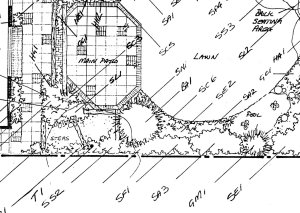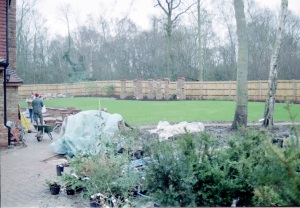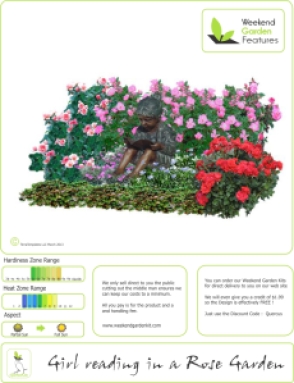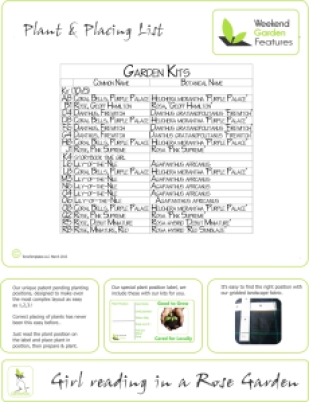Planting plans made easy to use at home!
It’s been 40 years since I first grappled with a traditional planting plan. All those lovely latin names – like Fagus sylvatica, Fritillaria meleagris, etc.,
In the drawing office, it was a matter of using a thick graph paper so the electric eraser didn’t make lots of little holes in the paper as we repositioned plants, or corrected the many mistakes or changes in mind. Sometimes we used a plant stamp, then labelled by hand. As you can see interpreting the labels isn’t easy.
The whole process was time consuming, difficult to make into a quality finished drawing.
This next version once CAD was introcuded is a combination of hand drawn and CAD drawn, easier to interpret, but still not easy to set out.

On site, in those days these were cumbersome beasts, usually printed on dyeline, so it was dark, difficult to read with scribblings and such in the margin, fragile, and ruined once wet. Wrapping in plastic sort of helped, cutting into smaller sections then laminating was better..
Wielding one of these around on a damp morning picking out the plants, with the planting foreman, and then placing took for ever.
Trying to mark off those plants you had placed and then moving on to the next batch, with a few areas missing….
For some odd reason even though the nursery managed to price all the plants, they never seemed to be able to deliver them all to site completely in one go, or even to the company yard, so the whole process was both time consuming, expensive and worse annoying to a client who by now had had enough of three or five members of staff working in what was their space.
I hear a gentle nod of agreement or perhaps sigh of frustration?
It got so bad that we used to change our standard estimate to something like..
” To carefully prepare ground, incorporating peat and fertilizer at each planting station, to supply & plant in ‘xxx’ number of flowering & ornamental shrubs, carefully watering in on completion, then applying a 50 mm depth of planting mulch”
Here’s a plan without specifics..in this case a veggie garden area.
This gave us a contractual escape clause, but wasn’t what we wanted to portray to our clients. We even tried to restrict the planting selection to plants we knew we could obtain, but designers & clients have pet likes and dislikes being restrained to just a few varieties caused all manner of objections!
We even tried an even more generic look – with areas just designated for planting.
We also found most of our clients actually really wanted to do some of the work themselves, the idea of planting was often the most appealing, as the ground was prepared, the turf laid and all the ‘hard’ structural stuff was completed. The feeling was that just a bit of planting wouldn’t take long and they could then say ‘we did this ourselves’….
There was one small issue, understanding the ubiquitous planting plan. Setting out plants in the damp, with a tape, scale rule and a large piece of paper was a task best left to the experts.
We solved this problem with our Weekend Planting Grid. A really easy to understand ‘garden bedding system’. Today we even have this simple system patented, it’s even incorporated into one of the more easy to use CAD programs.
The system cuts setting out times in half, for anyone, acts as a landscape fabric or paper mulch, reducing weeds and watering and makes the whole process as easy as 1,2,3 ! – costing only marginally more than just a landscape fabric.mulch.
No longer do you need a setting out plan, just a plant position is all that is required.
It makes it very easy to place the plants in position, so now any combination of annual, bulb, corm, perennial, shrub, even tree can be used with little risk of them being placed incorrectly. In fact there is no need for a planting plan at all ! Just a series of grids will do. The fabric is left to act as a landscape mulch mat, preserving water and reducing weeds, all it requires is a 2 inch layer of mulch to keep attractive.
If you use the CAD program you can design your own arrangement , create them with photorealistic images and then print out their positions. The CAD program automatically generates the grid layouts, positions the plants, prints out a planting position list, even prints out a plant label with position for the plant pots, then generates a quotation and plant care notes – amazing really !
Difficult to set out designs are now easy…
Complicated Herb and Veggie gardens are a breeze. With positions shown on a simple patented grid system.

Even more fun is the simple PicaGardi that you can download and use it’s available on the iTunes store, Google Play and Amazon
We are planning a Growing Trends radio show just about design and designers soon, we would love to hear your comments, suggestions & ideas.
Ann & Chris
Views: 4















